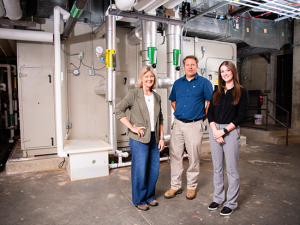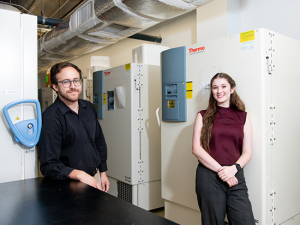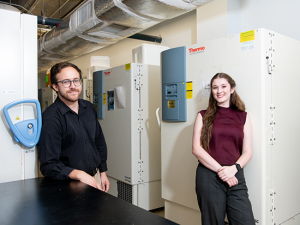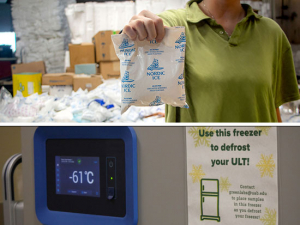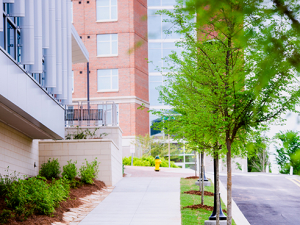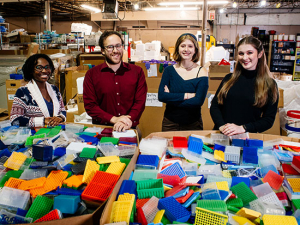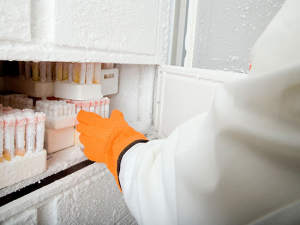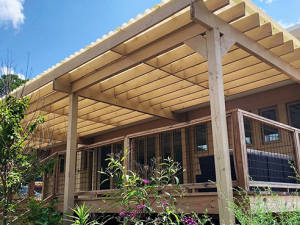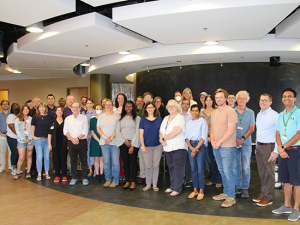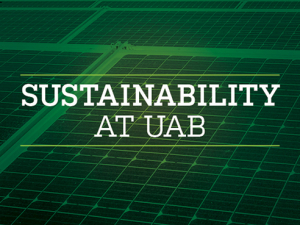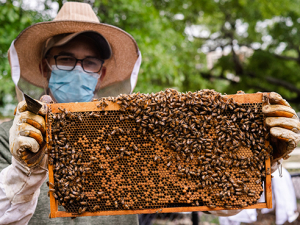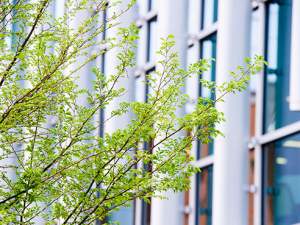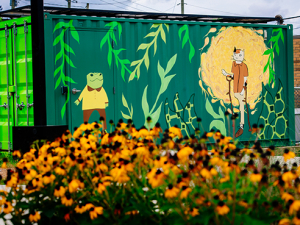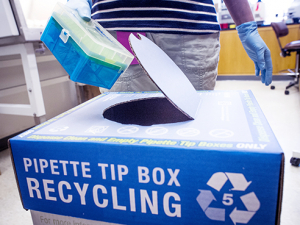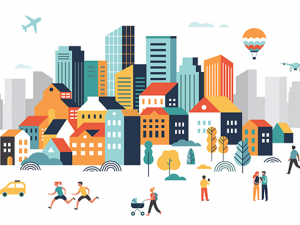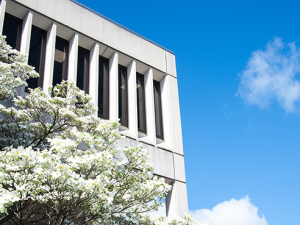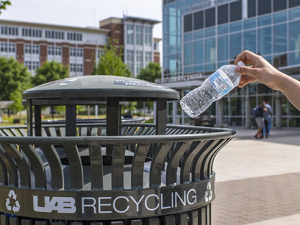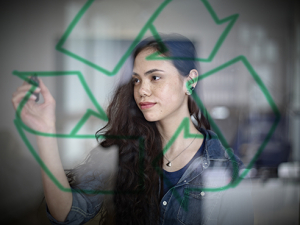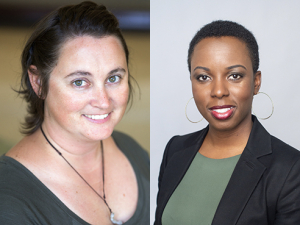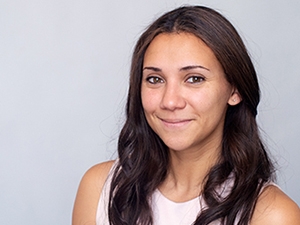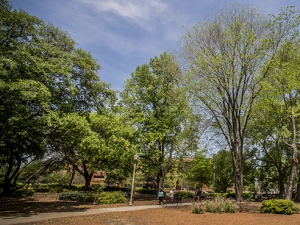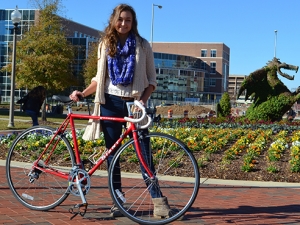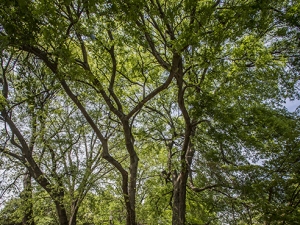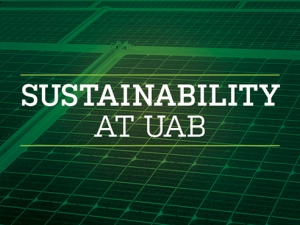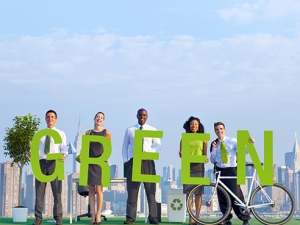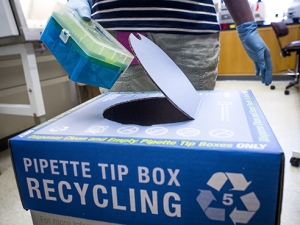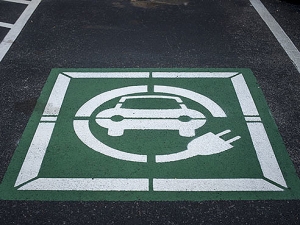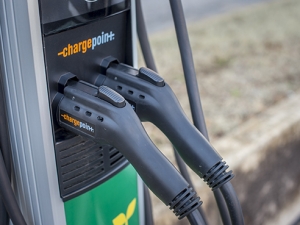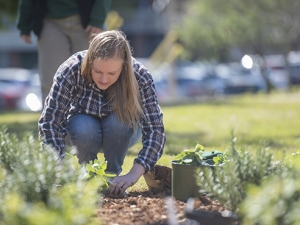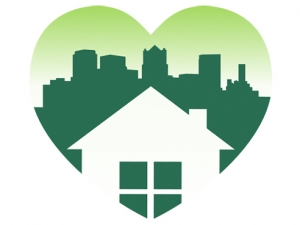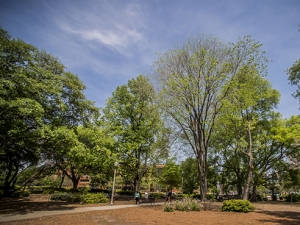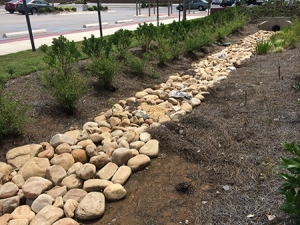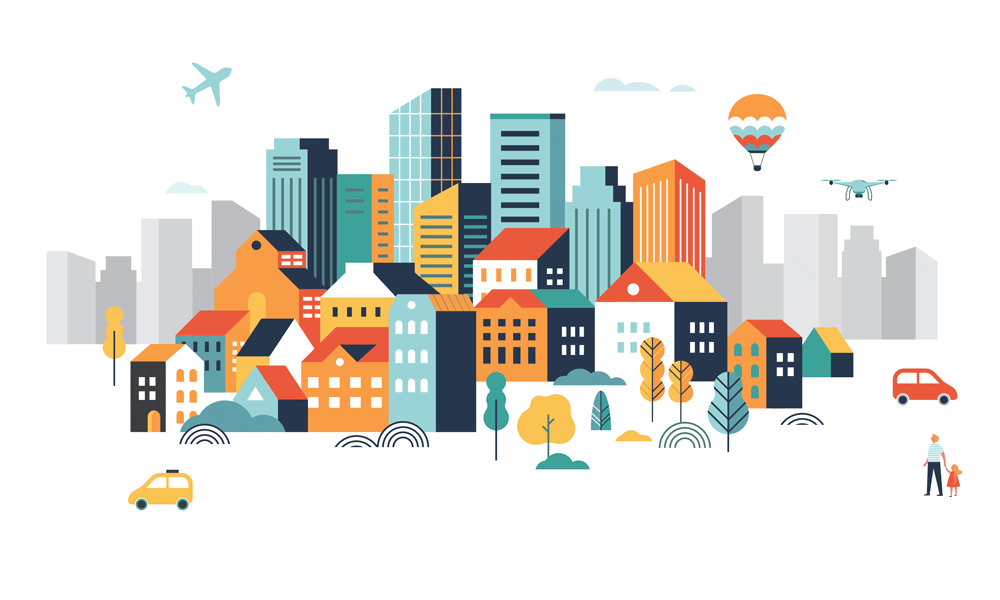
In 2018, the United Nations predicted that by 2050, 68% of the world’s population would live in urban areas. With that growth comes myriad opportunities for progress — not just economic or commercial, but humanitarian, says Tina Kempin Reuter, Ph.D., director of the UAB Institute for Human Rights.
Cities can lead the way in human rights advancements, she explained in a paper published in the Journal of Human Rights last July. She expanded on that idea in her newest paper, “Smart City Visions and Human Rights: How Our Thinking About Smart Cities Has Impacted City Life and What to Do About It.” In it, she argues that social scientists and human rights activists should work alongside the tech industry to develop inclusive, equitable smart cities.
Kempin Reuter’s take on the intersections between smart city tech and human rights earned her the Michel de Montaigne Endowed Prize in the History of Ideas, awarded annually by the College of Arts and Sciences to a full-time UAB faculty member who pens a scholarly essay that encompasses a broad range of interdisciplinary concerns — including those at the intersection of cultural and intellectual history — and makes a unique contribution to the history of thought and culture. A version of the paper was published in April in the Harvard Kennedy School Carr Center for Human Rights Policy Discussion Paper Series.
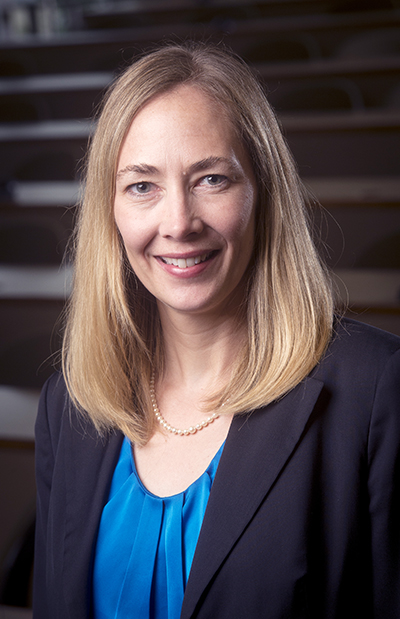 Tina Kempin Reuter, Ph.D., director of the UAB Institute for Human Rights“With cities growing and becoming more digitized, they become more complex spaces, where humans of all different backgrounds, ethnicities, races, religions, values and idea come and live together. How do we manage that space?” Kempin Reuter asked.
Tina Kempin Reuter, Ph.D., director of the UAB Institute for Human Rights“With cities growing and becoming more digitized, they become more complex spaces, where humans of all different backgrounds, ethnicities, races, religions, values and idea come and live together. How do we manage that space?” Kempin Reuter asked.
Taking advantage of tech
When Reuter began a year-long Harvard Human Rights and Technology Fellowship with the Carr Center for Human Rights Policy, part of Harvard University’s John F. Kennedy School of Government, she began exploring how to more effectively use technology to bolster equity and nondiscrimination in urban spaces. As smart cities have come to the forefront of urban development discussions, Kempin Reuter says many of those conversations are dominated by people in STEM fields, specifically computer scientists and engineers.
Those tech innovators can create beautiful examples and models of smart cities — take this model from the Massachusetts Institute of Technology (MIT) and Toyota Motor Corp., for example, which shows how a new model can better help driverless cars navigate tricky intersections.
But there’s still a big blind spot those innovators missed, Kempin Reuter says — a blind spot a social scientist or human rights activist might see immediately. The model didn’t include any people.
“The humans are missing,” Kempin Reuter said. “Pedestrians, bikers, dog-walkers, people out talking or sitting in cafes. More recently, there have been discussions about smart cities from a social-science point of view — what do smart cities do to human life, or how we govern? Who has access to that tech? Who is considered ‘part of the city?’”
The human element
Understanding where citizens fit into smart city models is arguably the most important part of designing tech-centric urban areas, Kempin Reuter explains. After all, it’s humans who will use the integrated technology intended to make their own lives easier.
Much of the technology implemented in smart city initiatives is owned by large corporations such as Google, she says, and cities and city government collaborate with those corporations to tech-ify public services, such as public transit. But who gets left out of those decisions? Often the most vulnerable, Kempin Reuter explains.
“When you look at that question, it’s often the same people: the poor, the elderly, minorities and people with disabilities,” she said. “Smart cities are generally a good idea, and it’s clearly where we are going — but there’s little attention given to who is included and who isn’t.”
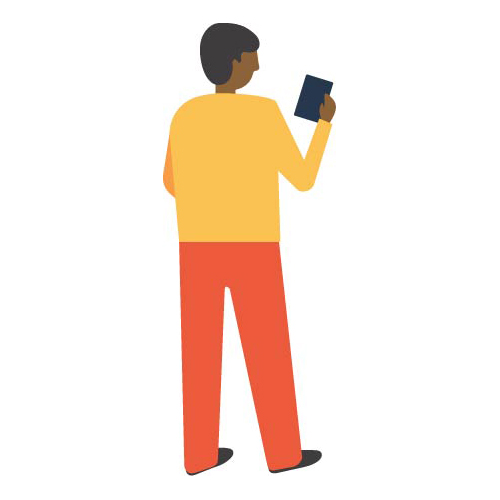
“With cities growing and becoming more digitized, they become more complex spaces, where humans of all different backgrounds, ethnicities, races, religions, values and idea come and live together. How do we manage that space?”
The biggest issue, she says, is that where divides already exist in cities — groups of people are separated by socioeconomic status, age, education and more — smart cities introduce another kind of rift: the digital divide. When citizens are left out of smart city models entirely or only included as data-collection devices or consumers, it reinforces that fracture. For example, sharing important public information via online sources can alienate disabled or older populations, who access the internet less regularly, and people who cannot afford broadband internet access for their home.
“What if you can use your email to vote, or if we have smart censors that measure pollution or parking space availabilities?” she asked. “What does this mean for the people who live in those areas if everything is online? It raises questions about surveillance, privacy violations, hacking and other security concerns, and who’s impacted by that.”
To ensure that all perspectives are taken into account when planning a smart city, Kempin Reuter recommends a bottom-up approach: Work with community stakeholders such as neighborhood presidents to gather input on key decisions before moving them up the ladder for voting or implementation.
“We need a new lens to be included,” Kempin Reuter said. “For good governance, you have to have citizen input. It takes longer to do it this way, and you’ve got to break it down for people to understand what they’re voting on, but you need people who might be negatively affected represented from the first stages.”
What coronavirus is teaching us
The quick pivot to a virtual world during the global coronavirus pandemic has called many disparities present in smart city creation into sharp relief, Kempin Reuter says, and city leaders, tech innovators and social scientists have a unique and fleeting opportunity to learn important lessons. One example she again cites is who has the ability to access the internet from their home, and how they do so.
In her home, Kempin Reuter, her husband and their children have access to both the internet and multiple devices through which to access it, enabling both she and her husband to work from home while their sons participate in virtual education exercises. Their family lives in Hoover, where the school district provides third-graders and older with Chromebooks.
“In order to be able to do this, we need at least four computers in our household,” Kempin Reuter explained. “A lot of people can’t afford to do this. Even if you’re able to work from home, you might not be able to have access to devices or have enough of them. We’re in a privileged position to do this, and those who aren’t are doubly punished — children will be behind because they won’t be able to do online learning.”
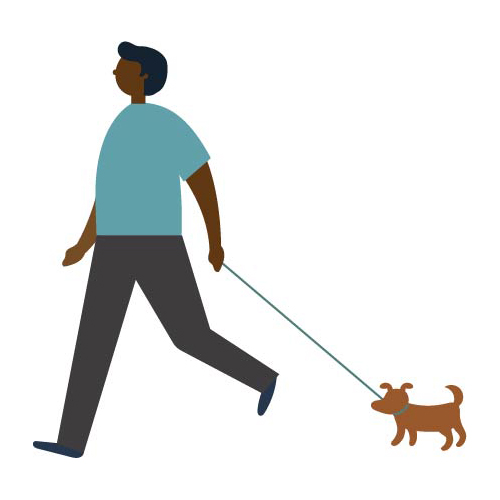
“What do smart cities do to human life, or how we govern? Who has access to that tech? Who is considered ‘part of the city?’”
Kempin Reuter, an associate professor of political science and public administration, says she has seen first-hand the effects of coronavirus on her students who don’t have regular access to the internet at home.
“It definitely sets people behind,” she said. “The people in my classes who live in rural areas where there is no high-speed internet — Zoom is a no, watching videos is a no.
“We need to reframe smart city design and include citizens alongside corporate engineers and policy-makers in the decision-making processes The people who live in different areas need to be at the forefront of making these types of decisions and influencing what happens and what doesn’t.”
The path forward
Kempin Reuter says she feels positively about the future of smart cities — the dialogue surrounding the place of human rights in smart city initiatives is much more advanced than it was a decade ago. She has begun working with the School of Engineering and their UAB Sustainable Smart Cities Research Center to implement human rights aspects in their engineering-driven approaches, she says.
“People are looking into these questions,” she explained. “Not just me, but many other scholars. There’s a lively discussion now, and the fact that some of the major driving forces behind developing new technologies are including social scientists’ point of view is a good sign.”
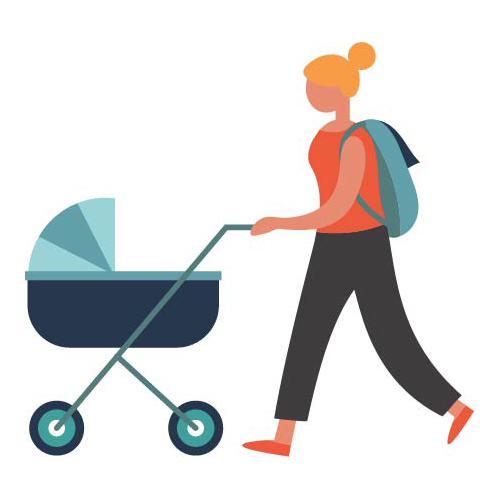
“Cities have always been drivers of human rights.”
The perspective gleaned from the coronavirus pandemic surely will prove useful, she continued — and though we don’t currently have the kind of human rights solutions needed to immediately fix the problems thrust into global consciousness as we deal with COVID-19, the conversations begun now will continue in the future.
“Cities have always been drivers of human rights,” Kempin Reuter said. “The kinds of things I wrote about in ‘Smart City Visions and Human Rights’ are now kind of on steroids.
We’re not just talking about smart cities, but technology that’s used by everyone who has a real life and real human rights.”
Read more:
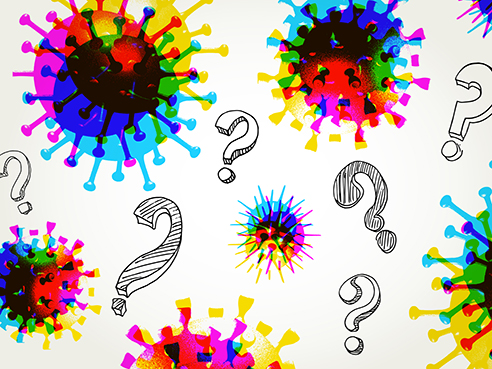
A philosopher explains how to balance rationality, scientific uncertainty in coronavirus claims
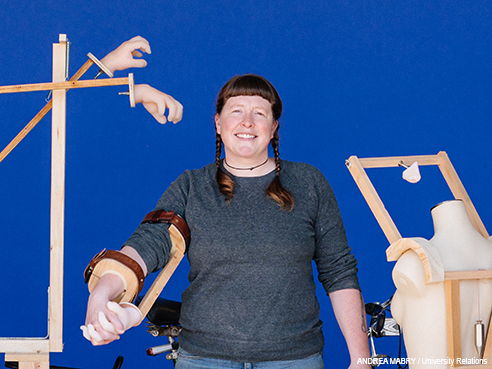
Sculptor designs, builds ‘interactive contraptions’ from everyday materials to simulate human connections


